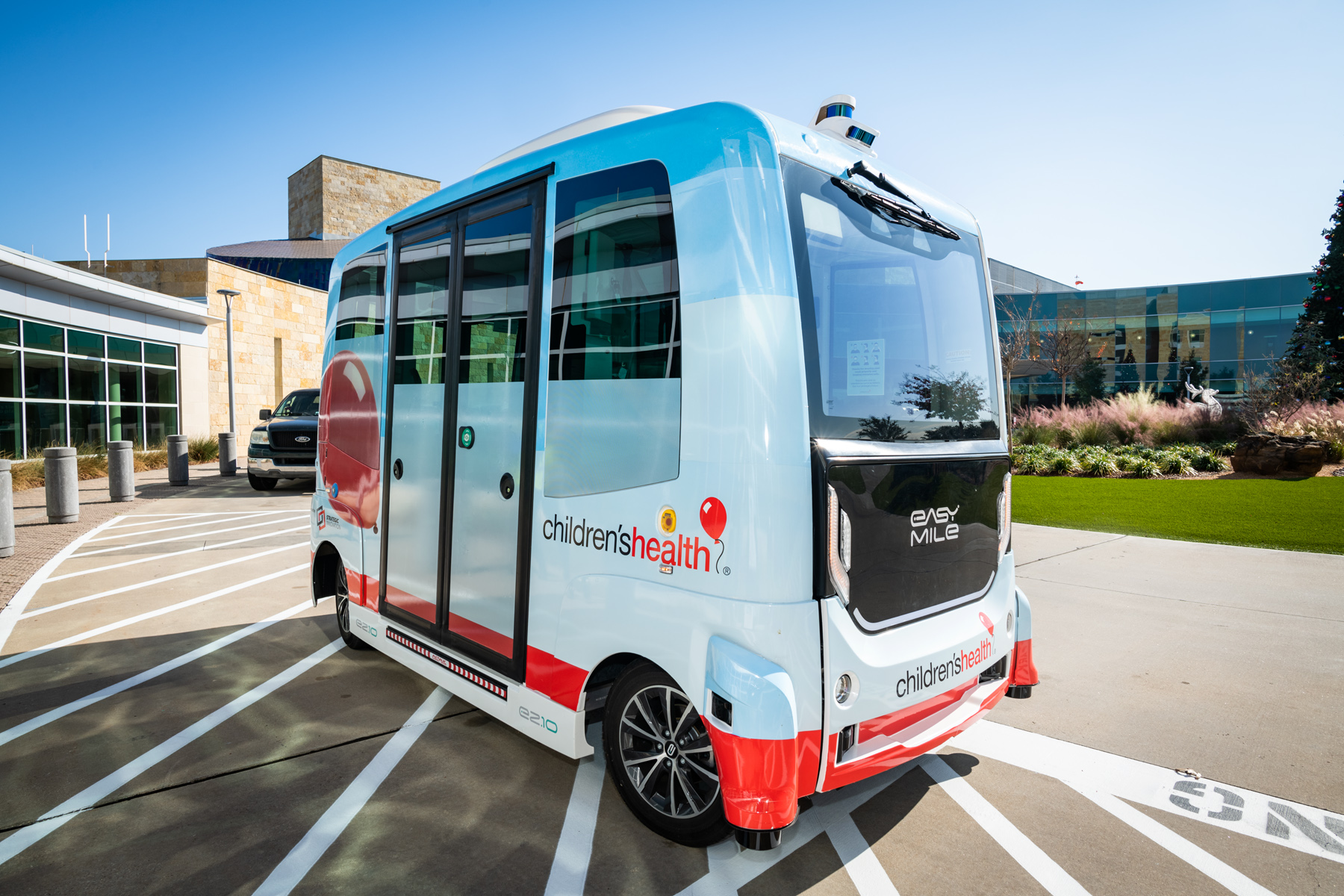Move2CCAM Emergency transportation pod Use Case
This Use Case was co-created by citizens and organisations of the Move2CCAM project Satellites. Any information on this post is provided for research and informational purposes only and is not to be relied upon as a real-life implementation whatsoever.
Overview
Description: Autonomous emergency pods swiftly respond during emergencies. Once summoned, they arrive promptly, equipped with first-aid tools. They transport patients to the nearest hospital, ensuring timely care and bridging the critical gap to professional medical aid.
Goal: The primary goal of the autonomous medical pods is to provide immediate, reliable transport during health emergencies, ensuring patients receive timely access to essential medical care, thereby enhancing survival and recovery outcomes.
In moments of acute health crises, the autonomous emergency pods ensure constant availability and rapid response. Their primary mission is to bridge the crucial time gap between the onset of an emergency and receiving medical care. Operating 24/7, these pods are designed to swiftly arrive at the patient's location, ensuring that help is always just a call away. This round-the-clock service not only increases the likelihood of positive health outcomes but also offers peace of mind to individuals, knowing that timely medical transport is always within reach.
Co-created by: Citizens and organisations in France.
Potential business model
- Revenue stream: The service can be both owned by a private or a service company and it will primarily create revenue through its transportation service. Offering individuals a subscription plan (whether annual or monthly) tailored to their needs and frequency. A single pay-per-use fee will be also available as well as a multiple journey/delivery ticket.
- Users/customers: All citizens in need
Photo credit: EasyMile
Move2CCAM is funded by the European Union. Views and opinions expressed are however those of the author(s) only and do not necessarily reflect those of the European Union or CINEA. Neither the European Union nor the granting authority can be held responsible for them.
